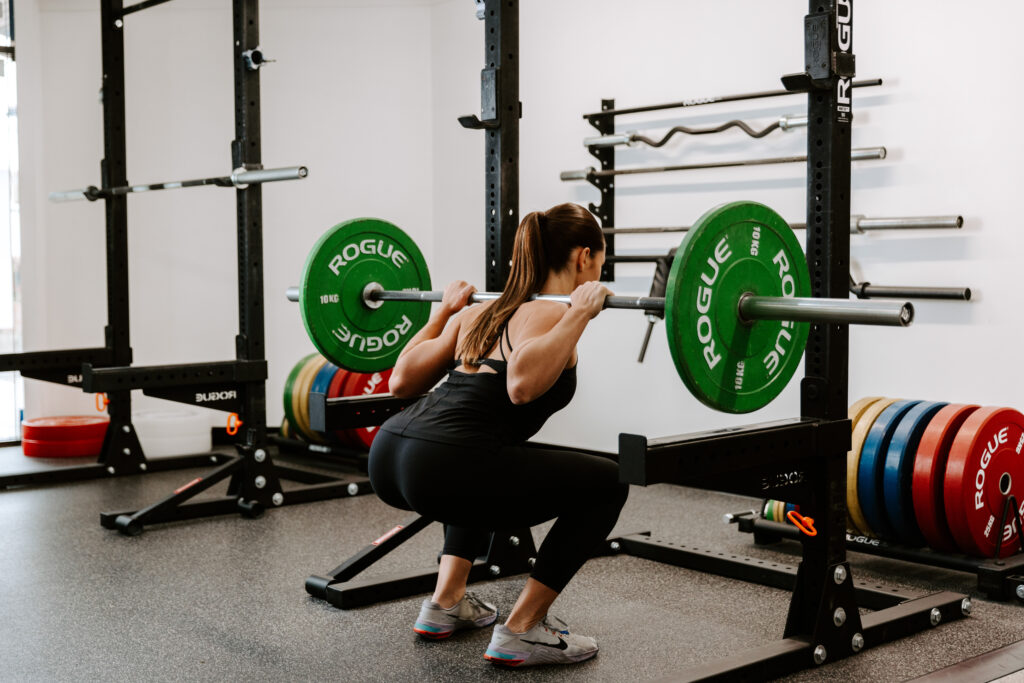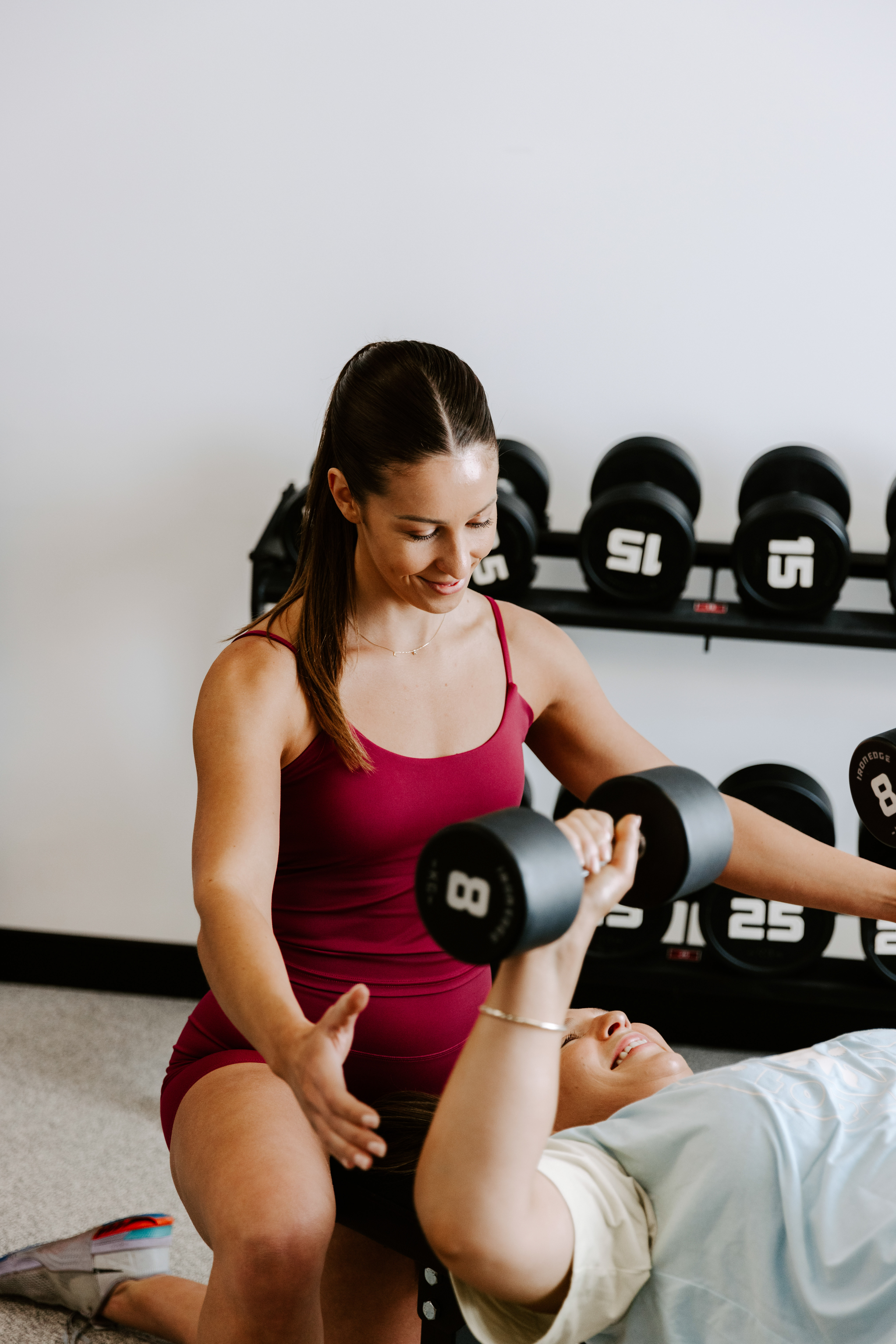One of the most common questions in strength training is: “Am I training hard enough to see results?” Training intensity plays a key role in building muscle and improving strength, but finding the right balance can be tricky. Let’s break down how to gauge your intensity using RPE, the concept of training to failure, and how to ensure you’re working at the right level to achieve your goals.
What is RPE?
RPE stands for Rate of Perceived Exertion. It’s a way to measure how hard you’re working during a set based on your perception of effort. The RPE scale ranges from 1 to 10:
- 1-5: Warm-up weight, relatively easy
- 6: Moderate effort (you can keep going easily)
- 7-8: Challenging but manageable (you have 2-3 reps left in the tank)
- 9-10: Near or at maximum effort (you’re reaching failure)
Using RPE helps you adjust your training intensity based on how you feel that day. It accounts for fluctuations in energy levels, recovery, and overall readiness to train.
How to Gauge RPE
Knowing your RPE requires paying attention to the following factors during your sets:
1. Speed of the Rep
The speed of your reps can indicate how close you are to failure. When your reps start slowing down significantly, especially during the concentric (lifting) phase, you’re approaching a higher RPE.
2. Effort Required
Consider how much effort you need to complete each rep. If you’re breezing through a set, your RPE is likely too low. If you’re pushing hard and struggling to finish the last few reps, you’re closer to a higher RPE.
3. Reps in Reserve (RIR)
Reps in Reserve refers to how many more reps you believe you could complete before hitting failure. A good rule of thumb is:
- RPE 7 = 3 reps in reserve
- RPE 8 = 2 reps in reserve
- RPE 9 = 1 rep in reserve
- RPE 10 = No reps left in reserve
What Does “Going to Failure” Mean?
Going to failure means performing a set until you cannot complete another rep with good form. It’s a useful tool to understand your limits and ensure you’re pushing yourself enough to stimulate muscle growth.
How to Test What Failure Feels Like
If you’re unsure what failure feels like, try this with a safe exercise like a machine press or leg extension:
- Select a challenging weight.
- Perform reps until you physically can’t complete another rep with proper form.
- Take note of how your body feels when you’re truly at failure.
This experience will help you better gauge your RPE in other exercises.
Should You Train to Failure Every Session?
While training to failure can be beneficial, doing it every session is not necessary—and can be counterproductive. Consistently going to failure increases fatigue and the risk of injury, making it harder to recover and progress.
Instead, aim to train close to failure without reaching it in every set. Most of your working sets should be around RPE 7-9, where you have 1-3 reps left in reserve. Save true failure for occasional final sets or specific exercises with a lower injury risk.
What is the Right Intensity for Muscle Gain?
For optimal muscle growth, aim to train at an intensity of RPE 7-9 in most of your working sets. This range ensures you’re challenging your muscles enough to stimulate growth without overdoing it.
Here are some key tips:
- Compound lifts (like squats, deadlifts, and bench press): Aim for RPE 7-9 to prioritise form and allow you to build up to challenging loads that support strength progression.
- Isolation exercises (like bicep curls or leg extensions): You can push closer to failure, around RPE 8-9, since these exercises have a lower injury risk.
By training at an appropriate intensity, you’ll maximise your progress in the gym while minimising the risk of burnout and injury. Remember, effective training isn’t about going all-out every session—it’s about finding the right balance to achieve sustainable results.


Comments +